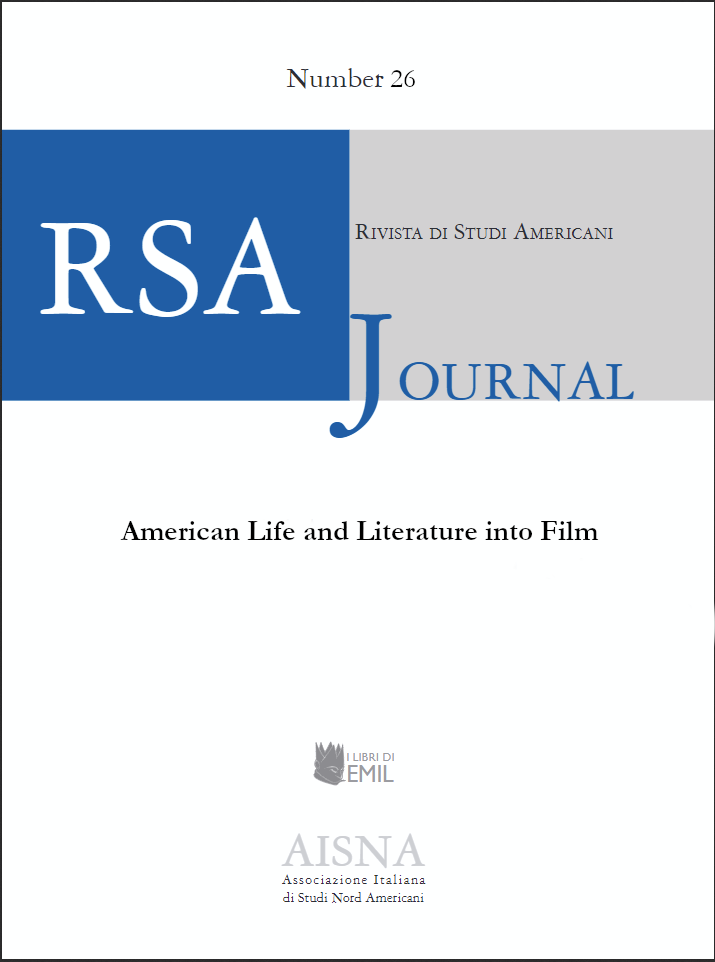“Authorizing for oneself a place in the world”
Coming of Age in Jhumpa Lahiri’s and Mira Nair’s “The Namesake”
DOI:
https://doi.org/10.13135/1592-4467/8646Keywords:
intergenerational conflict, Indian Americans, immigrant life, diasporic experienceAbstract
Jhumpa Lahiri’s 2003 novel The Namesake unfolds as the Bildungsroman of Gogol, the child of Bengali immigrant parents who is torn between his American upbringing and his Indian ancestry. Fraught with the most intimate aspects of the intergenerational conflict of immigrant lives in America, Lahiri’s narrative is reframed in a 2006 movie by the director Mira Nair. Nair’s The Namesake emerges as a collectivizing work, aiming at establishing a spatial and an emotional continuity between India and America. This article discusses how the narrative dissonances and the communicative voids that mold the protagonist’s angst in the novel are rendered by the power of the camera. By reinserting the Indian American second generation in a web of collective fruition, Mira Nair’s gaze illuminates the protagonist’s existential transformation, and at the same time grounds the South Asian diasporic experience onto an American, as well as a global realm of recognition.
Downloads
Published
Issue
Section
License
RSAJournal applies a CC BY-NC-ND license to all its contributions. This license enables reusers to copy and distribute the material in any medium or format in unadapted form only, for noncommercial purposes only, and only so long as attribution is given to the creator. CC BY-NC-ND includes the following elements:
- BY: credit must be given to the creator.
- NC: Only noncommercial uses of the work are permitted.
- ND: No derivatives or adaptations of the work are permitted.
Authors who publish with this journal agree to the following terms:
- Authors retain the copyright and full publishing rights for their submissions to the journal.
- Authors grant the journal right of first publication with the work simultaneously licensed under a Creative Commons Attribution-NonCommercial-NoDerivatives 4.0 International License that allows others to share unedited work for non-commercial purposes with an acknowledgement of the work's authorship and initial publication in this journal.
- Authors are able to enter into separate, additional contractual arrangements for the non-exclusive distribution of the journal's published version of the work (e.g., post it to an institutional repository or publish it in a book), with an acknowledgement of its initial publication in this journal.




